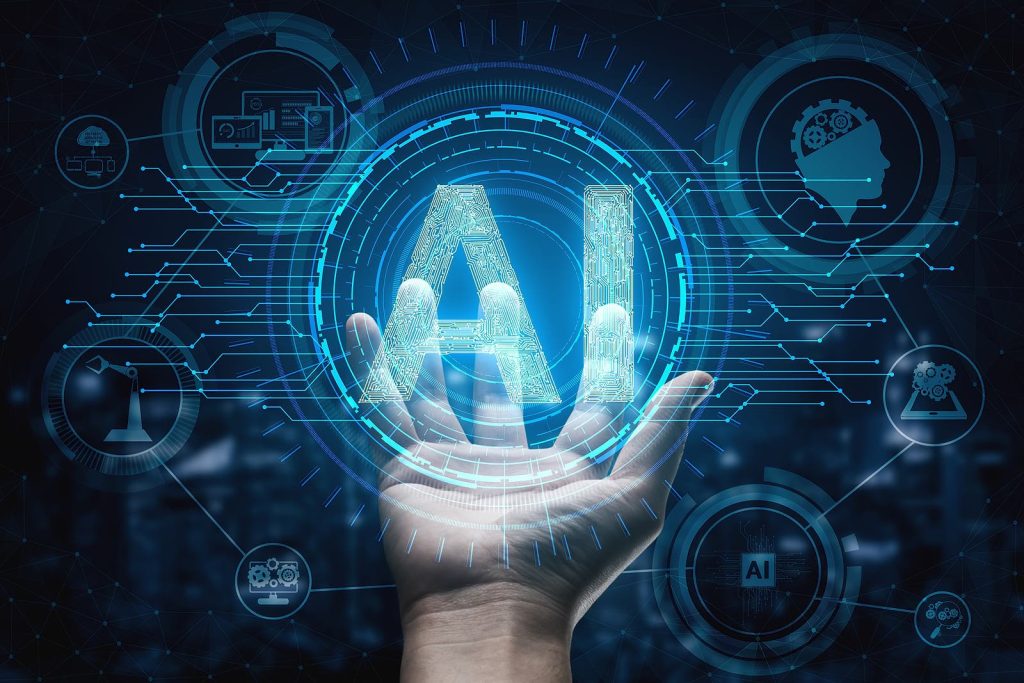For decades, game-solving efforts have been solely focused on solving two-player games (i.e. board games like checkers, chess-like games, and so on) in which the game outcome can be accurately and efficiently predicted using artificial intelligence (AI) Search techniques and a large amount of gameplay statistics.
And “mystery” refers to things that are known, including some that are hidden and have yet to be revealed. So, where does the line between “puzzle” and “game” draw in the context of puzzle solving?
In a new study article published in Knowledge-based Systems, Professor Hiroyuki Iida of the Japan Institute of Advanced Science and Technology and colleagues attempt to answer these two concerns.
According to reports, this study focuses on two key contributions: (1) using a minesweeping testbed to define the solvability of puzzles in the context of a single-player game; (2) proposing the PAFG solver, a new AI agent that uses four unified tactics.
The proposed calculator achieves equivalent performance to state-of-the-art research in solving the minesweeping puzzle by utilizing both known and unknown information.
The researchers used an AI agent with two knowledge-driven strategies and two data-driven strategies to best anticipate forthcoming decisions by combining known and unknown information about the current decision.
The boundaries between the puzzle and the game paradigm can thus be specified for single-player random puzzles like Minesweeper.
Such circumstances are especially significant in real-world challenges, where the distinction between known and unknown is frequently fuzzy and difficult to discern. “As AI agents develop their ability to solve riddles, the bounds of solvability become obvious,” Prof. Iida said.
Such circumstances make it possible to explicitly specify the conditions for ‘puzzles’ and ‘games,’ which are common in many real-life scenarios, such as identifying high-risk investments, estimating the level of risk for key decisions, and so on.”
Many uncertainties arise as a result of existing technologies and new computing paradigms, such as IoT, cloud-based services, edge computing, neuromorphic computing, and so on.
This is true for individuals (i.e., technology affordability), communities (i.e., technology acceptance), societies (i.e., culture and norms), and even countries (i.e., technology acceptance) (i.e. policy and rule changes). “Many ‘game’ and ‘puzzle’ circumstances exist in everyday human activity.
However, by mapping the solvability paradigm on a scale, boundary conditions between the known and unknown can be established, reducing the risk of the unknown while allowing the known to flourish.
“This is accomplished by bringing together knowledge-driven methodologies, artificial intelligence techniques, and measurable uncertainties (such as win rate, success rate, progress rate, and so on) to a climax while keeping the puzzles engaging and tough.”
To read our blog on “Proposal for a Regulation laying down harmonised rules on artificial intelligence (Artificial Intelligence Act),” click here.
